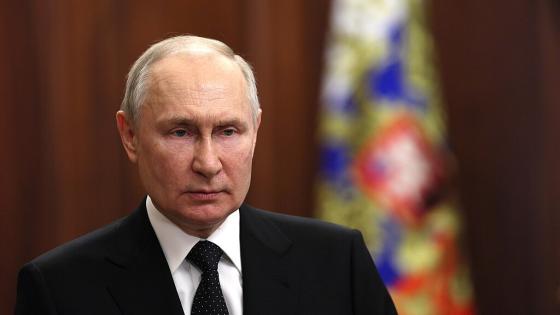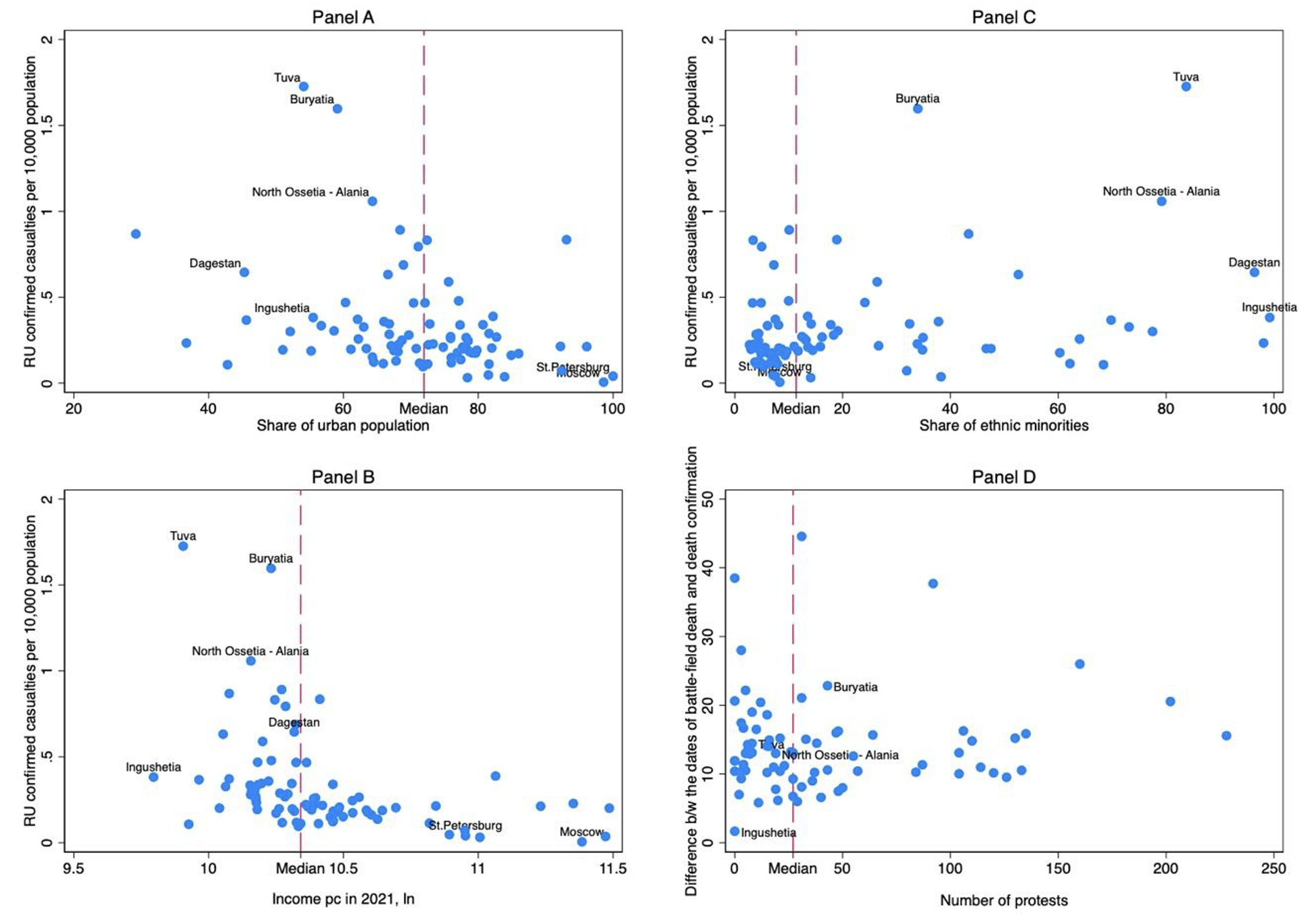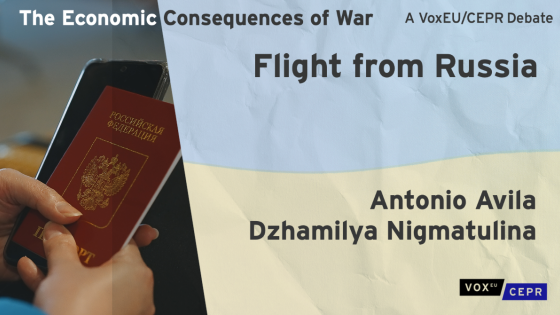On 24 June 2023, Yevgeniy Prigozhyn, an ex-convict and mercenary wanted for crimes against both Ukraine and the US, thwarted what might have been a successful rebellion against Vladimir Putin in a bid for power. He defended his sudden decision, emphasising his unwillingness to see any Russian blood shed. However, nuances in his address might have been lost in its English translation. Insightful observers would highlight his choice of русской blood, denoting ethnic Russians, over российской blood, which refers to a citizen of Russia. Interestingly, this argument seemed to resonate with Putin, as both factions quickly resumed their usual dealings.
The incident raises broader questions about the dynamics of public sentiment and conflict: Do significant losses incurred by the Russian army in Ukraine have the potential to halt the war or spark nationwide protests (Epstein 2003, Fridman 2011)? Alternatively, might these losses amplify the ‘rally round the flag’ effect, whereby an external threat bolsters support for governmental military actions (Pain 2001)? Our recent study (Duvanova et al. 2023) delves into whether the human toll of Russia’s war in Ukraine is eroding general support for the Russian leadership. Black Tulip was the nickname given to the plane used to transport the remains of Soviet soldiers killed in the Soviet-Afghan War. Casualties among Soviet troops contributed to ending the war.
To investigate, we compiled data on the obituaries of 3,467 Russian soldiers from the early phase of the full-blown invasion of Ukraine, prior to the Russian government’s June 2022 clampdown on such disclosures. Found primarily on social media, these obituaries provide details like the soldiers’ names, hometowns, and ranks. Additionally, we sourced protest data from the Global Database of Events, Language, and Tone project (GDELT), enabling us to pinpoint the frequency and locales of anti-government protests in Russia during this period. In total, we documented 15,342 distinct protest events, the vast majority of them solo pickets.
A cross-sectional survey of Russian regions revealed that the majority of casualties were from economically challenged regions with fewer urban dwellers and more ethnic minorities (see Figure 1). For instance, the Republic of Dagestan in the North Caucasus and Buryatia in Southeastern Siberia, both primarily non-Russian ethnic regions with limited resources, reported daily average casualties of 199 and 157, respectively. In stark contrast, Moscow and St. Petersburg, Russia’s most advanced and populous cities, reported just 7 and 22 total casualties, respectively. Another intriguing observation is the apparent delay in publishing obituaries from regions with heightened protest activities, implying a potential Russian strategy to time the disclosure of military deaths to circumvent large-scale protests.
Figure 1 Regional differences in casualties and their characteristics
Notes: The number of average daily confirmed Russian obituary casualties per 10,000 population is plotted on the vertical axes in panels A, B, and C. Panel D displays the average difference between the dates of the battlefield deaths and the deaths’ confirmation in obituaries by the number of protests in a region. Dashed lines are the medians of the variables plotted on the horizontal axis. For additional details, see Duvanova et al. (2023).
Our panel data analysis, beneficial for discerning causal links, enabled us to rigorously assess the connection between war casualties and protest occurrences. With the soldiers’ names at our disposal, we discerned their ethnicities and bifurcated the data into Slav and non-Slav categories. Results indicate that the Russian populace predominantly protests in response to Slavic deaths. Specifically, each obituary bearing a distinctively Russian name heightens the likelihood of a regional protest by 6.5%. Conversely, non-Slavic casualties seemed to be disregarded by the broader Russian audience, eliciting neither pro- nor anti-war sentiments. This pattern aligns with Prigozhyn’s choice of words, suggesting it was far from coincidental.
Drawing from our findings, we deduced that: first, the Russian public seems attuned to the human consequences of their nation’s military endeavours, especially when these losses feel ‘close to home’. Second, when protesting, Russians seem more inclined to resonate with an authoritarian (ethno-nationalistic) stance rather than opposing it. Finally, there’s a plausible strategic effort by the government to disproportionately allocate the conflict’s human cost to Russia’s ethnic minorities. This might echo the controversial Soviet Nationalities Policy, which marginalised ethnic groups labelled as ‘outsiders’ in state discourse.
References
Duvanova, D, A Nikolsko-Rzhevskyy and O Zadorozhna (2023), “Can Black Tulips stop Russia again?”, Journal of Comparative Economics, 27 June.
Epstein, B (2003), “Notes on the anti-war movement”, Monthly Review 55(3): 109–116.
Fridman, O (2011), “It was like fighting a war with our own people: Anti-war activism in Serbia during the 1990s”, Nationalities Papers 39(4): 507–522.
Pain, E (2001), “From the first Chechen war towards the second”, The Brown Journal of World Affairs 8(1): 7–19.






